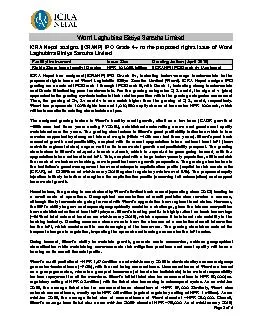PPT-Rayat Shikshan Sanstha’s S. M. Joshi College, Hadapsar
Author : min-jolicoeur | Published Date : 2019-11-03
Rayat Shikshan Sansthas S M Joshi College Hadapsar Department of Physics Subject Flat Plate Collectors 1 INTRODUCTION Solar collectors are heat exchangers that
Presentation Embed Code
Download Presentation
Download Presentation The PPT/PDF document "Rayat Shikshan Sanstha’s S. M. Joshi..." is the property of its rightful owner. Permission is granted to download and print the materials on this website for personal, non-commercial use only, and to display it on your personal computer provided you do not modify the materials and that you retain all copyright notices contained in the materials. By downloading content from our website, you accept the terms of this agreement.
Rayat Shikshan Sanstha’s S. M. Joshi College, Hadapsar: Transcript
Download Rules Of Document
"Rayat Shikshan Sanstha’s S. M. Joshi College, Hadapsar"The content belongs to its owner. You may download and print it for personal use, without modification, and keep all copyright notices. By downloading, you agree to these terms.
Related Documents














